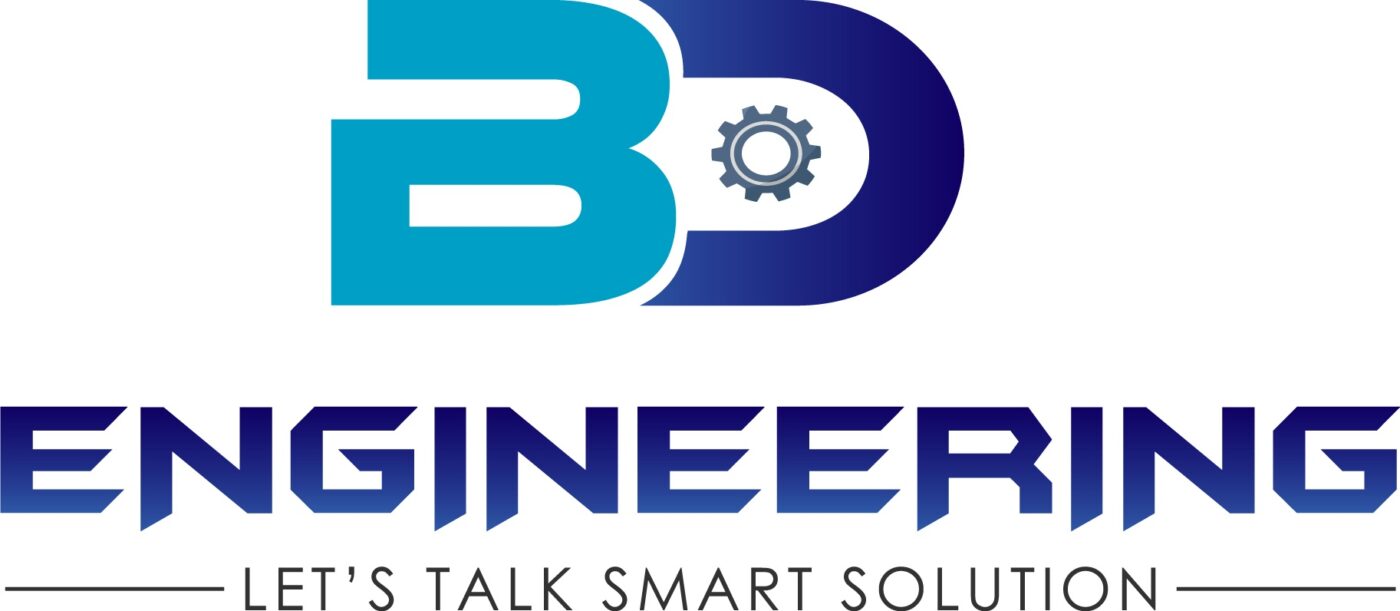How Does AC Servo Motor Work in Automation Industry
There are many people who do not have proper knowledge of servo motor and how it works exactly. So, in this case, BD Engineering always provides some solution for all kinds of people. This blog will help you to understand about AC Servo Motor and how it works in our industrial automation field. How Does AC Servo Motor Work.
AC servo motor is a type of servo motor which helps AC electrical input to produce mechanical output in the form of correct angular velocity. AC servomotors are normally two-phase induction motors. An AC servo motor’s output power gives a few watts to several hundred watts. Above all, the usage of encoder provides the input about speed and position and gives closed-loop control to the feedback system.
Generally, we use the servo motors in servomechanisms. AC servo motors of the two-phase induction motor type shows the circuit diagram of AC servo motor. As like as a normal induction motor it also contains a stator and a rotor. The stator of this motor has a surface. Besides these, its two windings placed 90 electrical degrees. One of the windings is called the main winding. It also known as reference or fixed phase. Therefore, it elevates from the constant voltage supply source.
Moreover, the another winding is the control winding which moves by the variable control voltage. It always gives 90 electrical degrees out of phase with the voltage across of the main winding. This control voltage is given from a servo amplifier.
How Does AC Servo Motor Work
There are some specific principles of working. The ac servo motor is a fixe ac voltage which gives the stator main winding of the servomotor. Therefore, there is an another stator terminal that joins to the control transformer with the control winding. According to the applied reference voltage, the generator shafts will rotate at a particular speed then gets a certain angular position.
Moreover, the control transformer’s shaft has also angular position. That is why it always compares to the angular point of the synchro generator’s shaft. When, two angular positions comparison happen, it will give the error signal. The voltage level for the equivalent shaft positions estimates the produces of the error signal. As a result, this error signal meets with the present voltage level at the control transformer. Finally, this signal provides to the servo amplifier so that it creates the control voltage.
More About AC Servo Motor
The rotor of the squirrel small periphery and large length helps to keep the mechanical indolence as low as possible. It has high resistance in order to gain a necklace speed as direct as possible. Moreover, the indolence of the rotor reduces by using the drag mug rotor for veritably low power operations.
Therefore, this type of rotor has always a special form of the squirrel rotor. It gives the operators in the form of a drag mug made of anon-magnetic conducting material. Such as copper, aluminum, or an alloy. The slotted rotor laminations change by a set of stationary which looks like ring shape laminations. It also give a low disinclination path for the glamorous flux.
If we want to minimize rotor kinetic energy, servo motors are damaged with as numerous poles as possible. So that they give at low speed. Furthermore, it also gives a corresponding to increase in necklace. AC servo motors have very small air gaps to less down current and consequent losses. We also know that the general shape of the necklace speed specifies a two phase induction motor.
This motor largely depends on the value of rotor resistance. That time the rotor resistance is adding the speed of necklace characteristics. Above all of this, the rotor of the servo motor is built with very high resistance. As a result, its necklace speed specific is always nearly direct.
AC Servo Motor Transfer Function
Ac servo motor has some transfer function in it. It also known as the ratio of the Laplace Transform. For this, it is consider as the mathematical model that shows the various equation of the system. But, the output response can also vary for different types of inputs. This result can admit the system’s nature. Similarly, if the transfer function is not familiar then it may find when simply applying for inputs to the device and studying the output of the system.
When the procedure occurs it’s observed that the necklace varies nearly linearly with speed as well as with control voltage. The necklace for any particular value of control voltage is high in the zero- speed range and decreases as the motor speeds up. The drop in necklace serves as a stabilizing point for the control system. shows the no– cargo speed and cube necklace versus control voltage angles( with fixed– phase voltage constant). Because of their ruggedness, light– in- weight construction, high necklace– to- weight rate, trust ability, freedom from radio noise.
More about Servo Motor: How to control Servo Motor position?

